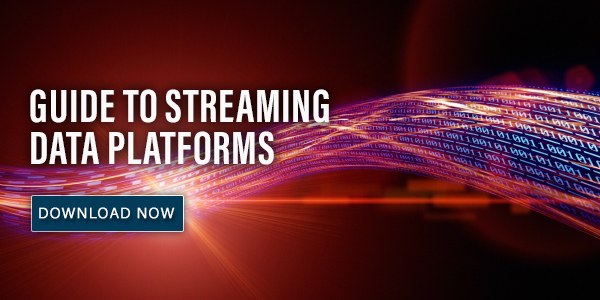Streaming data has become practically ubiquitous. From social media feeds to IoT sensors, businesses are now inundated with real-time data. The challenge is not only to store this data but also to make sense of it and act on it quickly. This is where real-time decisioning for streaming data comes into play.
Real-time decisioning is the ability to process data in real time and make decisions based on it. This is especially useful for businesses that deal with high-velocity data streams, such as financial institutions, e-commerce companies, and healthcare providers. By making decisions in real time, businesses can take advantage of opportunities as they arise and minimize risks.
Real-time decisioning for streaming data involves several steps. Let’s have a quick look at each one.

Table Of Contents
1. Choose a data ingestion tool
The first step is data ingestion, which involves collecting data from multiple sources and streaming it to a central location. This can be done using various technologies such as Apache Kafka, Amazon Kinesis, or Google Cloud Pub/Sub.
What to consider when choosing the technology?
Be sure to think about scalability. You expect your business to grow, so be sure to anticipate similar growth in the volume of data you’re processing. Any technology decision you make for your ingestion tool should definitely consider breathing space for increasing throughput.
Also – consider reliability and availability. There’s nothing worse than losing out on a huge business opportunity just because a server went down.
Third, think about ease of use. You want to focus on making your business grow without having to worry about setting up an overly complicated system.
And what about latency? How fast do you need to find out what’s going on? For example: Some websites generate the list of next articles to click on as soon as you go to a story. In another case, prepaid mobile phone users are offered top ups at the very instant they finish their call. In both cases the underlying streaming system needs to take well under 1 second for this to work.
Finally, think about the cost. Some technologies offer advanced features that might take your decision-making to the next level, but if you know that you won’t use them, why pay extra?
2. Make sure your data is ready for processing
The second step is data processing, where the data is transformed and enriched to make it more useful. This can include things like data normalization, data validation, and data enrichment. This step is crucial because it ensures that the data is of high quality and can be used for decision-making.
Usually, you gather your data from so many sources that it is hard to maintain one standard format of that data. It might also be impossible when you’re gathering data from external systems.
In this step, be sure to do the following:
- Data cleansing – Here you need to identify, remove, or correct incomplete or inaccurate data. You might receive incomplete data from a user, or part of your system has not yet been updated so it’s not sending all the required data. Such data could skew analysis results or end up in incorrect decisions.
- Data transformation – Here you might want to give your data some structure if it is totally unstructured.
- Data augmentation – It might be the case that not all the data you’ve received is sufficient to perform analysis. You might want to augment it with additional data from other sources.
How and when do you do this? A common problem is that people underestimate the time, effort and complexity to merge what may be separate feeds of data, running with different time lags and sometimes subtly different semantics.
3. Do the actual analysis
The third step is real-time analysis, where the data is analyzed in real time to identify patterns and anomalies. This can be done using machine learning algorithms, such as clustering or anomaly detection, or by creating custom rules. Again, the challenge will be doing this in a meaningful timeframe.
4. Make the decision
The final step is decision-making, where the analysis results are used to make decisions in real time. This can involve sending alerts to relevant stakeholders, triggering automated actions, or providing recommendations to human operators.
Summary
Real-time decisioning for streaming data has several benefits. Firstly, it enables businesses to act quickly on opportunities and threats. Secondly, it can reduce operational costs by automating decision-making processes. Finally, it can improve customer satisfaction by providing personalized and timely responses.
However, real-time decisioning for streaming data also has some challenges. Firstly, it requires significant investment in infrastructure and expertise. Secondly, it can be difficult to ensure the quality and accuracy of data in real time. Finally, it requires a culture shift towards data-driven decision-making.



